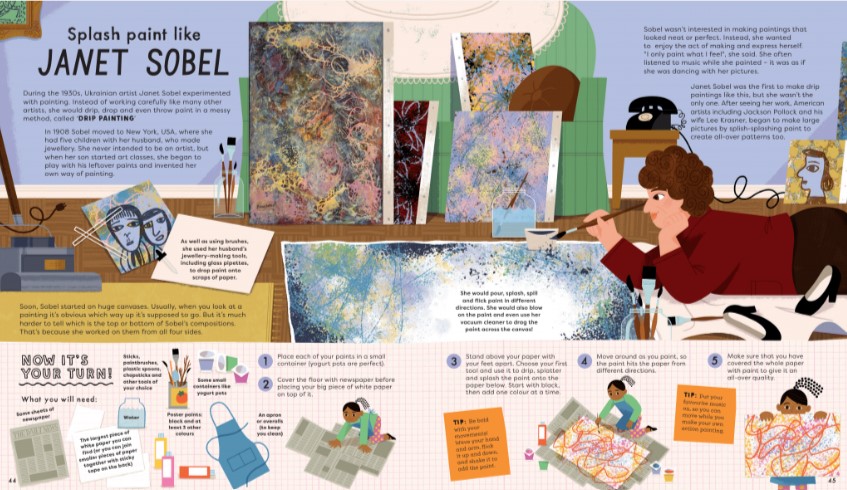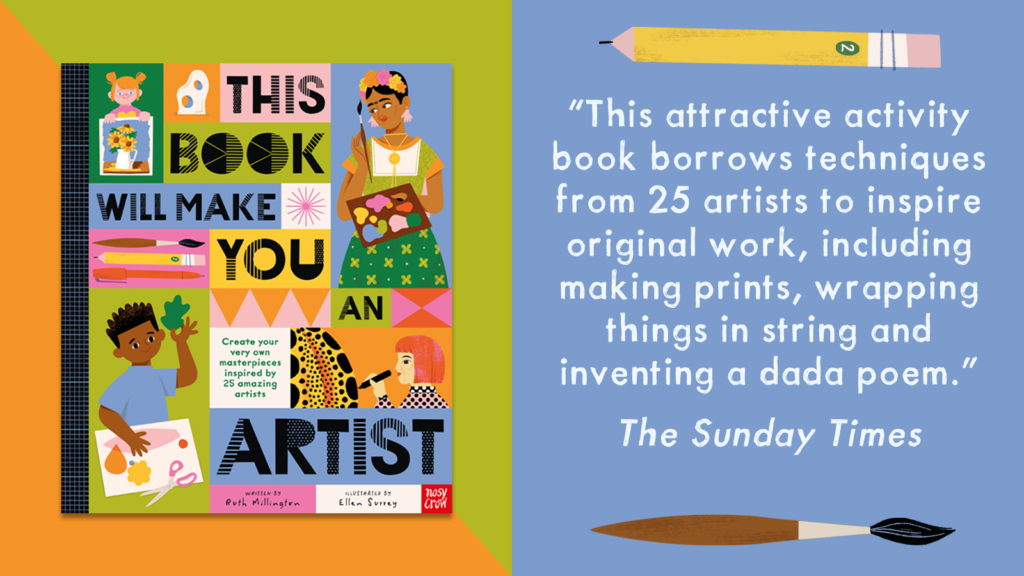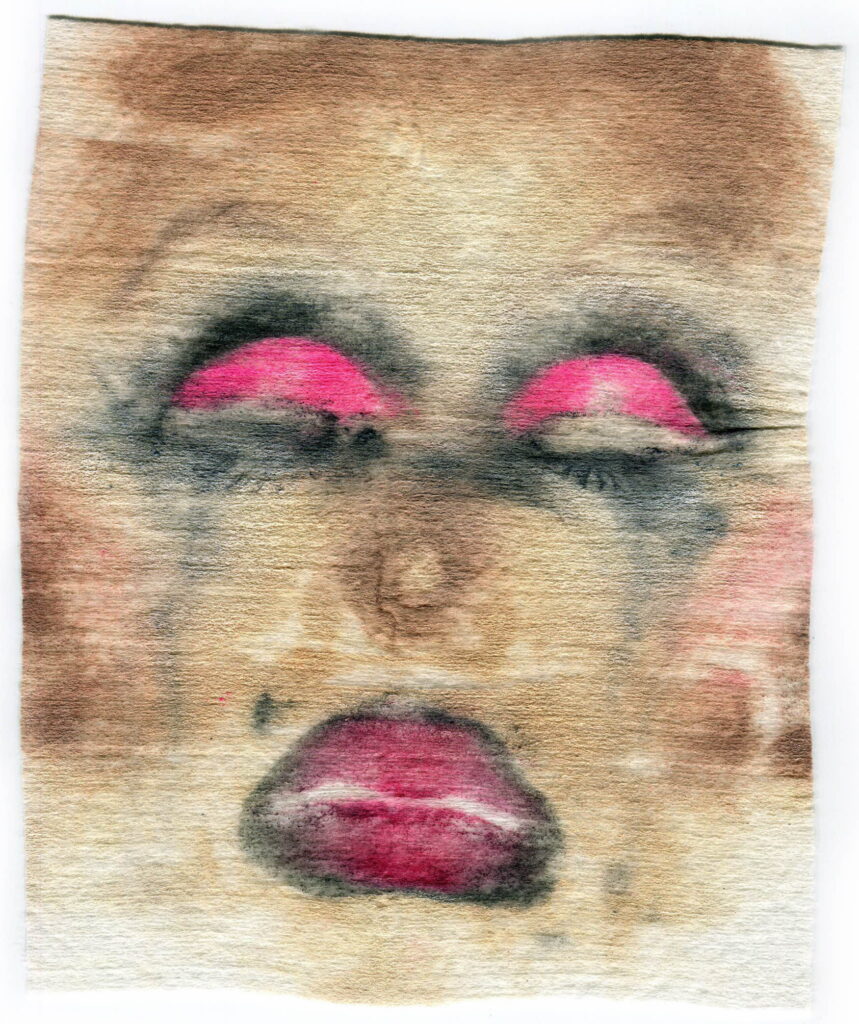Janet Sobel or Jackson Pollock: Who was the first Abstract Expressionist? Traditional art historical narratives have placed Pollock at the top of this particular art pedestal, as the King of the “drip technique”. He’s famous for pouring or splashing liquid household paint onto horizontal canvases, enabling him to view and paint them from all angles. But where, or who, did he really get this idea for a new ‘all-over’ style of modern art from?
Jackson Pollock: An origin story
It’s widely believed that during the summer of 1947 Jackson Pollock had a major breakthrough; alone in his studio, he invented his signature ‘drip’ style, splashing paint around freely, and working on the floor, rather than stood at an easel. It was Pollock who transformed contemporary art, or so Time and Life magazines reported in 1949 and 1956, with the catchy headlines “Jack the Dripper” and “Is he the greatest living painter in the United States?”.
But, it wasn’t really his invention at all…
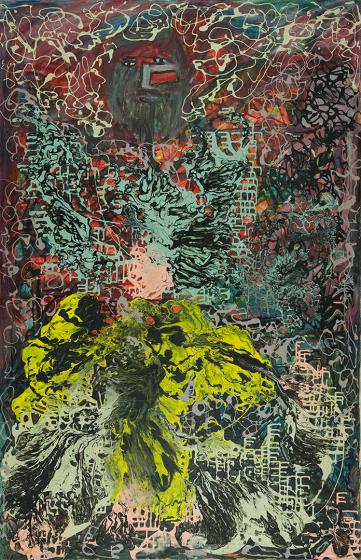
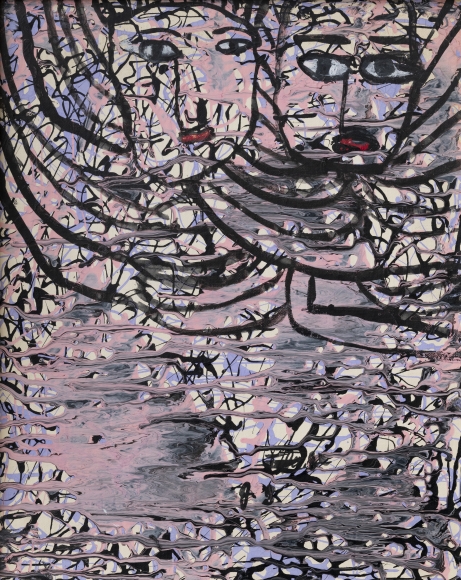
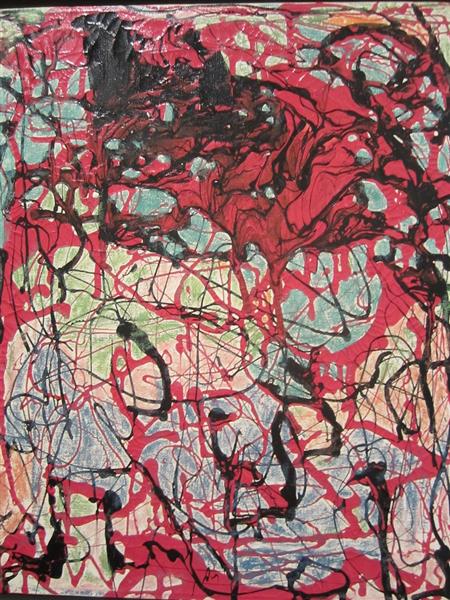
Janet Sobel: an accidental artist
In 1961, the art critic Clement Greenberg wrote that, in the 1940s, he and Jackson Pollock “had noticed one or two curious paintings…by a ‘primitive’ painter, Janet Sobel.” Greenberg described Sobel’s works as “the first really ‘all-over’ one [he] had ever seen,” adding that “Pollock admitted that these pictures had made an impression on him.”
So, who was Sobel?
A Ukrainian-born American painter, Sobel’s career only started mid-life, at age forty-five in 1938, when she borrowed her son’s paint set and other materials while living in a New York apartment. Aged 15, she had arrived in New York an immigrant with her mother and siblings, having escaped the violence of anti-Semitic pogroms in which her father had been killed. She dedicated much of the next three decades to the rearing of five children who she had with Max Sobel, an engraver and goldsmith, whom she married the year after she reached Ellis Island.
It was only when their 19-year-old son Sol gave up on his own art lessons, that his mother began to experiment with his supplies, making paintings herself. According to the art historian Gail Levin, one story is that “she began to draw on top of some of the drawings that Sol brought home from his art classes”. Another is that “Sol, while still in high school, had won a scholarship to the Art Students League, which, against his mother’s wishes, he sought to give up. When she tried to convince him to continue, he reportedly exclaimed: ‘If you’re so interested in art, why don’t you paint?'”.
According to her son, Sobel worked “freely and rapidly” on the floor, when making enamel paintings such as ‘Milky Way’ (1945) which were exhibited in various New York galleries. She cited music as one of her main inspirations, stating how it stimulated her feelings which she poured directly onto the canvas, working in a fast-paced and automatic manner, much like the surrealists.
“I don’t think ever I [ sic] would paint a picture without music to listen to. All humans must have something like that, that warms them inside” – Janet Sobel.
‘Milky Way’ which now belongs to MoMA is a great example of the artist’s “drip technique”, through which she splattered and dripped coloured paints across the surface of the canvas to create an all-over quality. She would even use her vacuum cleaner to drag paint across its surface on occasions, using the tools of a housewife to invent modern art.
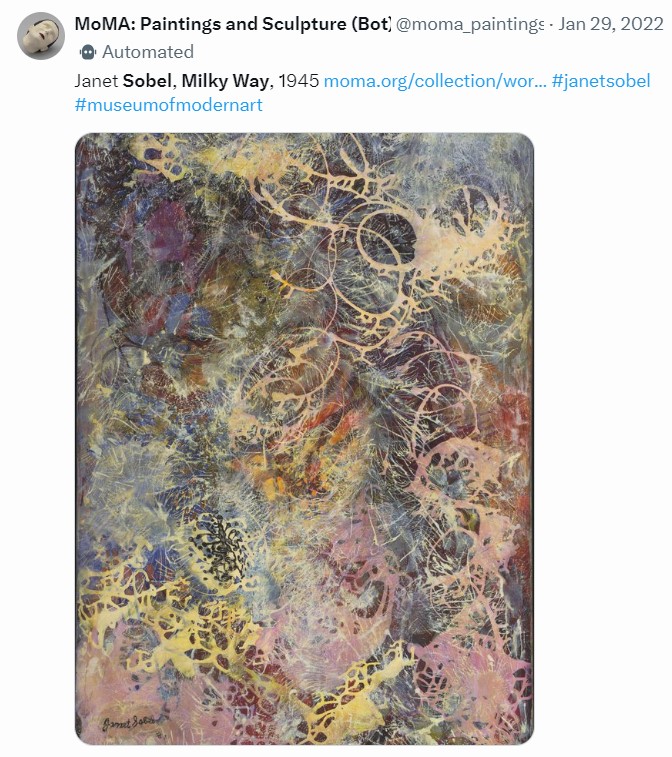
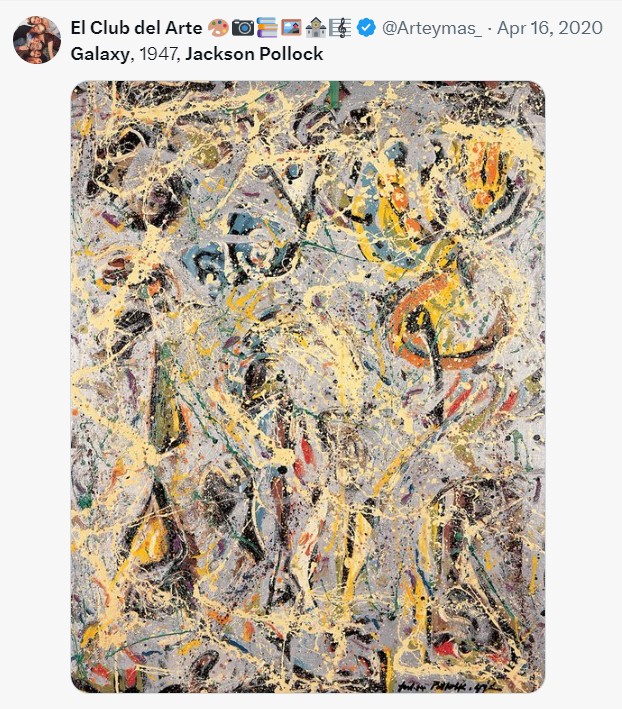
The leading patron of the arts Peggy Guggenheim noticed Sobel’s work and decided to include it in her The Art of This Century gallery in 1945. She was also included in group shows with her contemporaries, which is how Pollock came to see her paintings, making ‘Galaxy’ (1947) two years after Sobel painted ‘Milky Way’. Pollock’s later canvas reveals the direct influence of his female counterpart, who was ahead of his Abstract Expressionist game.
It was Janet Sobel, not Pollock, who pioneered the revolutionary drip-technique, although most patriarchal narratives wouldn’t have you believe this. While she gained some recognition in her own lifetime, Sobel has since been largely been forgotten and overshadowed by Pollock, whom she directly influenced.
I discovered the story of Janet Sobel while researching artists for my children’s art history and activity book, This Book Will Make You An Artist, published by Nosy Crow in 2024. Here’s a sneak peek of Janet Sobel’s double page spread, illustrated by the brilliant artist Ellen Surrey.
